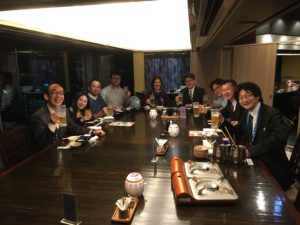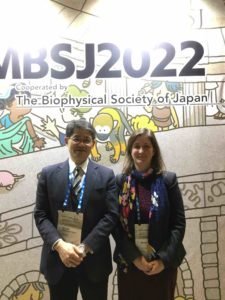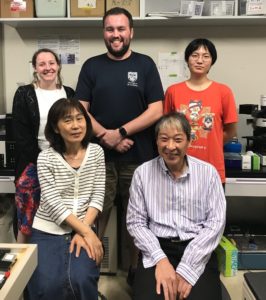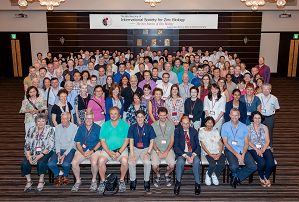Our latest collaborative work on microlasers as versatile contractility sensors in the heart is out.
“Monitoring contractility in cardiac tissue with cellular resolution using biointegrated microlasers” by Marcel Schubert, Lewis Woolfson, Isla R M Barnard, Amy M Dorward, Becky Casement, Andrew Morton, Gavin B Robertson, Paul L Appleton, Gareth B Miles, Carl S Tucker, Samantha J Pitt and Malte C Gather is published in Nature Photonics and available online.
In this work we show that implanted microlasers can scan heart tissue from inside cells. Tiny lasers were placed inside the heart where they acted as microscopic probes. With every beat of the heart, the colour of light that these lasers emit changed by a small but clearly detectable amount, thus precisely encoding the contractions of the heart cells over time.
Although the research is still in its early days, the present study proves that lasers can resolve fast dynamic processes inside individual live cells and whole hearts.
Our University press release can be found here https://news.st-andrews.ac.uk/archive/feel-the-beat-implanted-microlasers-scan-heart-from-inside/




